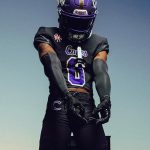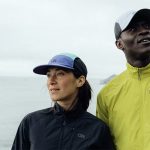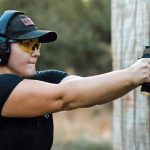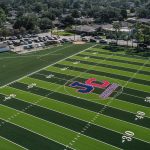Nearly half of Americans do not wear sunglasses, according to a survey conducted by N3L Optics, a sports performance sunglass retailer owned by Luxottica Group, parent of the Oakley premium sports brand.
Survey respondents considered themselves to be active, with 76 percent walking for fitness, followed by participation in water sports (37%), hiking (35%), camping (33%), outdoor team sports (27%), and cycling (26%). Participation in outdoor activities was similar to a year ago, showing little impact due to the economy.
Of concern in some key sports categories, the survey found that more than 40 percent of runners and 35 percent of water sports participants do not consistently wear sunglasses during these activities, exposing their eyes to potential damage. Only 50 percent of men make it a priority to have the right sunglasses for their sport and for women, it's even less (33%).
Why don't more Americans Wear Sunglasses During Sports?
“Many people don't wear sunglasses during their sport because they've had trouble in the past with clarity and fit,” said Dean. “Advancements in sunglass technology have corrected these concerns, and there are now many sunglasses to choose from that don't slip, fog or impair your vision when you perform.”
“Many people also have no idea there are frames and lenses out there that will enhance their outdoor experience while protecting their eyes,” Dean said. Athletes and outdoor enthusiasts can choose from a wide variety of lenses and frames that are both effective and fashionable.
In 2012, N3L Optics conducted a nationwide survey of adults to better understand behaviors and beliefs relating to sunglasses. The survey examined areas such as participation in outdoor sports and activities, use of sunglasses, health knowledge, and injury rates. The subject group was made up of 1,080 respondents from across the country between the ages of 18-54 years old. All respondents had purchased at least one pair of sunglasses during the last 24 months, and had participated in an outdoor activity within the past year. Additional data is available by gender, age group and sport.














